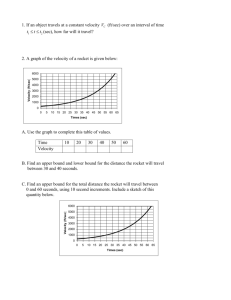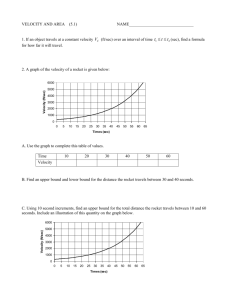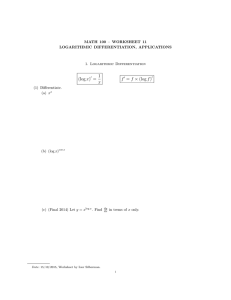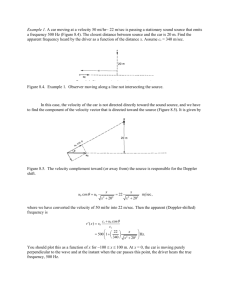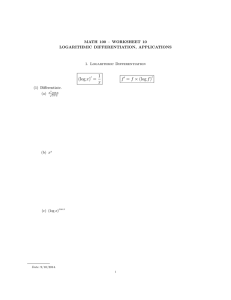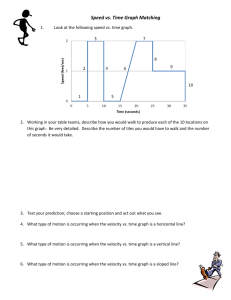1. If an object travels at a constant velocity C V (ft/sec) over an
advertisement
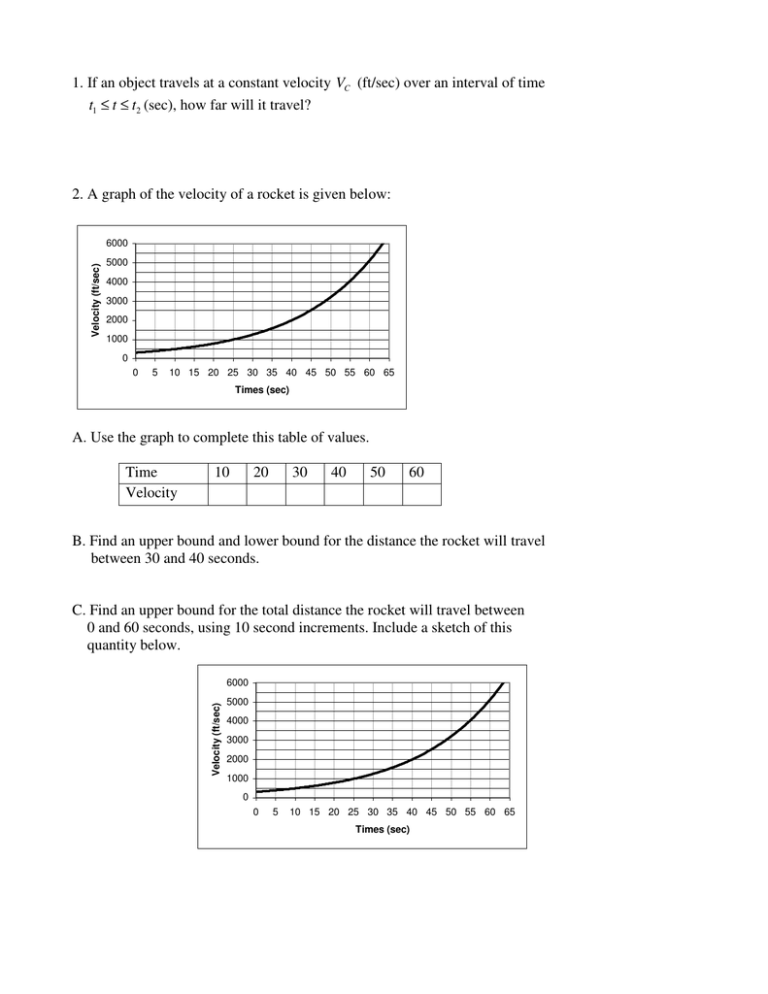
1. If an object travels at a constant velocity VC (ft/sec) over an interval of time t1 ≤ t ≤ t2 (sec), how far will it travel? 2. A graph of the velocity of a rocket is given below: Velocity (ft/sec) 6000 5000 4000 3000 2000 1000 0 0 5 10 15 20 25 30 35 40 45 50 55 60 65 Times (sec) A. Use the graph to complete this table of values. Time Velocity 10 20 30 40 50 60 B. Find an upper bound and lower bound for the distance the rocket will travel between 30 and 40 seconds. C. Find an upper bound for the total distance the rocket will travel between 0 and 60 seconds, using 10 second increments. Include a sketch of this quantity below. Velocity (ft/sec) 6000 5000 4000 3000 2000 1000 0 0 5 10 15 20 25 30 35 40 45 50 55 60 65 Times (sec) D. Find a lower bound for the total distance the rocket will travel between 0 and 60 seconds, using 10 second increments. Include a sketch of this quantity below. Velocity (ft/sec) 6000 5000 4000 3000 2000 1000 0 0 5 10 15 20 25 30 35 40 45 50 55 60 65 Times (sec) E. Give an illustration of the difference between these two estimates. Can you write a formula for the relationship between the two bounds, the velocity function , and the time interval? Velocity (ft/sec) 6000 5000 4000 3000 2000 1000 0 0 5 10 15 20 25 30 35 40 45 50 55 60 65 Times (sec) F. How often would measurements of velocity need to be taken so that the difference between the upper and lower bounds is 1200 feet? How many measurements would need to be taken? G. Write expressions in sigma notation for the upper and lower bounds using your answers from part F.
